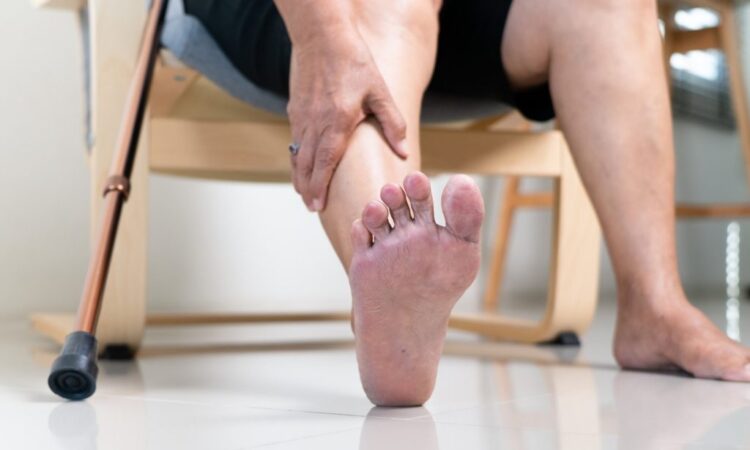
You likely know someone with peripheral artery disease (PAD), even if you haven’t been diagnosed. Over 6.5 million Americans over the age of 40 suffer from PAD. If minor symptoms are ignored, they might develop into more severe consequences. PAD is a serious illness that should not be ignored. If you have doubts about PAD, Dr. Jonathan Ellichman Memphis can help clear things up. In addition, you can equip yourself with the truth by debunking the following myths.
PAD symptoms are usually constant and distinct
Peripheral Arterial Disease (PAD) is quite prevalent; however, it is often misdiagnosed because of the misconception that its symptoms are usually uniform and clear-cut. The truth is that early diagnosis might be challenging because symptoms differ from person to person.
Skin darkening in the lower thighs and soreness or cramping while walking or exercising (claudication) are common signs of peripheral artery disease. Cold extremities, changes in hair development, sluggish or no healing of wounds and ulcers, and other symptoms are also possible. So, if you have any of these symptoms, you must not self-diagnose and instead take advantage of available free health exams; early identification is critical to effectively treating symptoms of PAD!
PAD only affects the lower extremities
Atherosclerosis that brings on the signs of peripheral artery disease is not only confined to your legs. Several patients have been misled into thinking that their problems are unrelated to PAD since they are not manifesting in the legs. Plaques may develop in the renal artery (or any area of the body), causing kidney problems and in the coronary or cerebral arteries resulting in a heart attack or stroke. However, the peripheral arterial disease is more frequent in the legs.
PAD is a male-only illness.
Despite fewer risk factors for cardiovascular disease, one research found that women had PAD rates equivalent to or greater than males. Also, the functional decrease in women with peripheral artery disease is more rapid than in males. With a longer expected life span, females will bear a disproportionate share of the burden of PAD as the population ages.
The symptoms of PAD are not fatal
Peripheral artery disease (PAD) is a serious ailment that might lead to death if left untreated. Reduced blood supply to limbs and organs, which may lead to tissue death and, ultimately, amputation, can be caused by this vascular illness if it is not properly diagnosed and treated.
Those who do not have a history of PAD in their family are safe
A personal or family history of PAD may raise one’s risk, but it is not the sole reason. Smoking, a poor diet, and a lack of physical activity are all risk factors for peripheral arterial disease (PAD).
Patients of any age may be diagnosed with PAD since it is widespread. If you want to understand PAD and your risk for it, busting some misconceptions about it can help. Getting medical attention if you suffer from PAD symptoms is crucial to get a proper diagnosis and effective treatment. You can schedule an appointment with Ellichman Vein & Vascular Centers if you are concerned about your vascular health.

